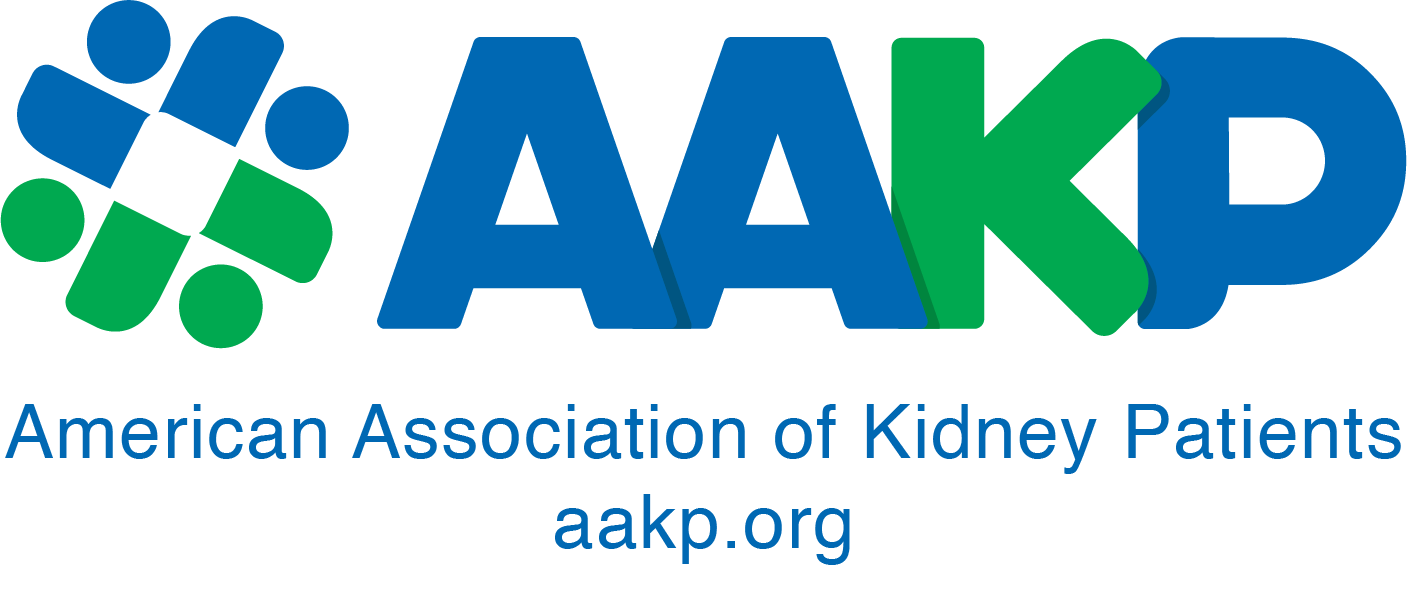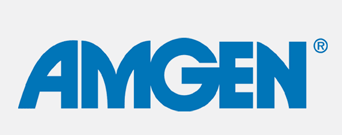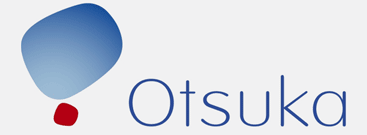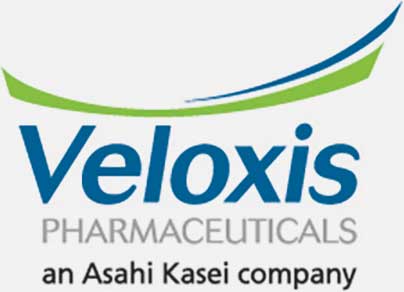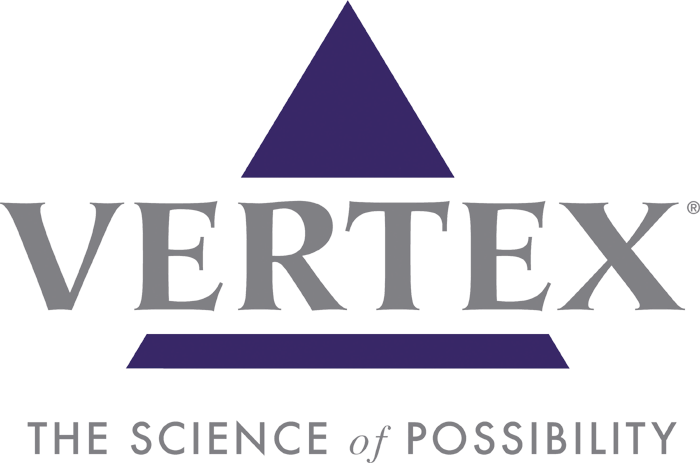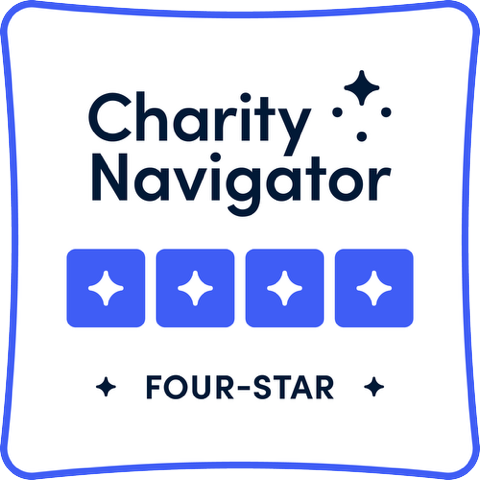Dear Ms. Tavenner:
The Alliance for Home Dialysis (Alliance) appreciates the opportunity to provide the Centers for Medicare and Medicaid Services (CMS) with comments on the Proposed Rule that updates and makes revisions to the End Stage Renal Disease (ESRD) prospective payment system (PPS) for calendar year (CY) 2014, and sets forth requirements for the ESRD Quality Incentive Program (QIP) for payment year 2016 and beyond.1
The Alliance is a coalition of kidney dialysis stakeholders, representing patients, clinicians, providers and industry.We have come together to promote activities and policies to facilitate treatment choice in dialysis care while addressing systemic barriers that limit access for patients and their families tothe many benefits of home dialysis.
Homedialysis—peritoneal dialysis (PD) and home hemodialysis (HHD)—is an important treatment option that offers patients significant quality of life advantages, including clinically meaningful improvements in physical and mental health. Currently, about 10% of U.S. dialysis patients receive treatment at home.2In the final rule implementing the new ESRD PPS on January 1, 2011, CMS indicated that the new bundled paymentwould“encouragepatient access to home dialysis”3and “make home dialysis economically feasible and available to the
ESRD patient population.”4To that end, data indicates that the ESRD PPS—which pays for home dialysis at the samerate as dialysis provided in the facility—has led toan increase in the utilization of PD.5In fact, an annual survey of the ten largest providers found that between 2010-2012, home patients representedabout 20% of the growth inESRD patients, largely attributed to the growth in PD.6This is significant given that in years prior there has been little growth in home dialysis.
The Alliance is encouraged by the growth inPD as a result of the bundle and wishes to see it continue through CY 2014 and beyond. HHD has not had the same type of growth, butit is another important treatment option for patients that should be fully supported withinthe bundled payment environment.
Comments on ESRD PPS Proposed Rule for Calendar Year 2014
Section II. Calendar Year (CY) 2014 End-Stage Renal Disease (ESRD) Prospective Payment System (PPS)
The Alliance supports a strong, stable Medicare payment system for dialysis to ensure that patients have access to all treatment modalities, including PD and HHD. Itis important that the payment system is sustainable and structured to ensure that dialysis providers have the necessary resources to provide the full range of services, including training and equipment required to support patients receiving treatments in-center and within their home.
The payment reductions contemplated in this proposed rule are unlikely to cover even the basic cost of providing dialysis care in any setting and risk reversing the progress that hasbeen made toward increasing access to home dialysis.This is because without an adequate base payment, facilities may no longer be able to invest in the development and ongoing management of home dialysis programs.
In order to ensure a sustainable ESRD program that does not jeopardizequality of care or access to life-sustaining dialysis treatments, the Alliance offers the following recommendations:
1.CMS should reconsider its drastic reductionto the base payment rate.
The American Taxpayer Relief Act of 2012 (ATRA), required the Secretary of Health and Human Services to partially rebase the bundled payment for Medicare’s ESRD treatment services to reflect revised utilization rates of drugs and biologics covered under the ESRD bundle. However, it is important to note that this proposed rebasing comes on the heels of a 2% payment reduction required under the Medicare Improvements for Patients and Providers
Act (MIPPA), effective upon ESRD PPS implementation on January 1, 2011, and as of April 1, 2013, an additional 2% cut that was implemented as part of sequestration.
Because nearly 84% of dialysis patients are Medicare beneficiaries, facilities do not have the same ability to spread costs to other payers as broadly as other Medicare providers.7 The Medicare Payment Advisory Commission (MedPAC) estimates that the profit margins for those providing care to this patient population are only 3-4% and in its most recent report, MedPAC recommended that Congress should hold the 2014 payment rate at the 2013 level.8Thus, program changes that would reduce the payment rate below the 2013 level are inconsistent with MedPAC’s recommendation and are potentially harmful to patients.
More importantly, the magnitude of cuts proposed in this rule could jeopardize patient care and access to all dialysismodalities. As noted earlier, when first implementing ESRD PPS, CMS noted that the new system should make home dialysis economically feasible and available to beneficiaries with ESRD.That principle extends to all dialysis modalities.Decades ago, Congress decided that patients of all ages suffering from ESRD should have access to dialysis andthus created a new basis for Medicare eligibility for individuals with ESRD. This action becomes a moot point if the Medicare payment system for dialysis services fails to cover facility costsfor furnishing the services. As such, while CMS must implement the Congressionally mandated provisions concerning payments to dialysis facilities, it mustdo so in a way that ensures that payments to facilities cover their costs of care. Without that, andof great concern to the Alliance, there is the possibility ofdiminished access to all modes of dialysis.
Specifically, the Alliance is concerned that the proposed reductions to the ESRD bundled payment could jeopardize Medicare beneficiaries’ access to home dialysisbecause facilities may not be able to invest in the development and ongoing management ofhome dialysis programs without an appropriate base payment. It is likely that facility consolidations will occur if these payment reductions are enacted and, presumably, there will be a chilling effect on the expansion of existing programs, including those that offer home dialysis to patients. Smaller facilities with low or no margins will likely be forced to close, further limiting modality choice for patients.
These likely consequences of the proposed reduction are contrary to Congress’ stated intent in the creation of the ESRD benefit that“the maximum practicable number of patients who are medically, socially, and psychologically suitable candidates for home dialysis or transplantation should be so treated.”9
Additionally, the Alliance is concerned that there has been very little data transparency involved in ESRD PPS rulemaking process. CMS should provide a rate-setting file prior to the release of the final rule (and in advance of future rulemaking) so that the community can more fully understand and respond to the proposals suggested in the rules. CMS provides these files
for other Medicare prospective payment systems, and it is unclear to the Alliance why the ESRD PPS ishandled differently.
The Alliance appreciates that CMS acknowledged that this reduction to the base rate could “be a significant reduction to ESRD facilities for the year and potentially impact beneficiaryaccess to care.” However, the Alliance believes that the proposed phase-in approach contemplated in the rule would not alleviate the serious and lasting effects of this magnitude of cuts.
2.CMS should provide for an appropriate and routine update of the self- and home dialysis training add-on adjustment.
The Alliance is encouraged by the focus on self- and home dialysis training in this proposed rule, as we believe that PD and HHD are important treatment options that offers significant clinical benefits.HHD, for example, allows for more frequent and/or longer lasting dialysis sessions. Studies have demonstrated that more frequent hemodialysis results in faster recovery time after treatment and fewer side effects10; improved cardiac status11 and survival rates12; and increased opportunity for rehabilitation.13 Additionally, HHD offers significantquality of life advantages, including greater autonomy andflexibility indialysis scheduling, and reduced dependence on transportation. However, today,only 10% of U.S. dialysis patients receive treatment at home, with less than 2% of patients receiving HHD.14Additionally, less than a quarter of dialysis centers are certified to offer HHD.15
One of the barriers to achieving appropriate utilization ofself- and home dialysis is the up-front investment in nursing and other resources that are necessary to create and nurture a home dialysis program for Medicare beneficiaries.In fact, a recent paper published in theClinical Journal of the American Society of Nephrology identified inadequate payment for training asa barrier to centers providing greater access to HHD.16
For these reasons, the Alliance appreciates CMS’ focus on the payment methodology forself-and home dialysis training and the request for comments included in the proposedrule.
Significant training is involved in preparing adialysis patient to self-dialyze or dialyze at home, and the ESRD Conditions of Coverage require that home training services must be provided by an experienced registered nurse (RN). The one-on-one training service performed by RNs is
essential to supporting beneficiaries; however, it is very time and resource
intensive. Additionally, during self- and home training the RN is responsible for teaching both the training patient and a care-partner in each session.
According to the Conditions for Coverage, a training session must, at a minimum, include17:
•The nature and management of ESRD.
•The full range of techniques associated with the treatment modality selected, including effective use of dialysis supplies and equipment in achieving and delivering the physician’s prescription of Kt/V or URR, and effective administration of erythropoiesis stimulating agent(s) (if prescribed) to achieve andmaintain a target level hemoglobin or hematocrit aswritten in patient’s plan of care.
•How to detect, report, and manage potential dialysiscomplications, including water treatment problems.
•The availability of support resources and how to access and use resources.
•How to self-monitor health status and record and report health status information.
•How to handle medical and non-medical emergencies.
The interpretative guidance provided by CMS further defines the elements that must be included in a PD and HHD training session, such as step-by-step instructions on how to use the prescribed dialysis equipment, education on self- and home dialysis procedures, reporting and managing potential complications, responding to mechanical failures or problems with supply delivery, handling medical and non-medical emergencies, monitoring health status, accessing 24-hour resources, utilizing infection control techniques and performing water qualitytests.18
There is significant disparity between the reimbursement that the facility receives for HHD training and the actual cost to provide ahomedialysis training session. Previous reportshave suggested that HHD training requires over 5 RN hours per session. In a 2013 Moran Company analysis of 2010 CMS cost reports, the average cost of a HHD training session for all centers providing HHD services was $438.17 (including treatment and training, exclusive of IV pharmaceuticals), representing $251.75 in additional costs when compared to an average HD treatment without training at these centers ($186.42, again, exclusive of IV pharmaceuticals).19 This added $251.75 in cost is clearly in excess of the current add-on training payment of$33.44, which was intended, according to CMS, to represent only one hour of nursing time. Training is a critical part of a patient’s success with self- and home dialysis and this payment, similar to other payments, should compensate fairly for the resources required to administer the service.
The Alliance believes that the dialysis training add-on payment should be adjusted to reflect the costs that the one-on-one self- and home dialysis training service represents and should allow
for an inflationary adjustment to the training add-on payment.A separate inflationary adjustment is necessary, as the training add-on payment is outside the bundled base rate and is not adjusted by the annual market basket update.Given that the “training add-on adjustment is directly related to nursing salaries,”20 and those salaries and staffing costs go up over time, the training add-on payment should be adjusted accordingly.
The Alliance is concerned that without an appropriate update to the add-on training payment for home dialysis, combined with reductions to the base payment contemplated in this proposed rule, facilities may not be able to invest in the development and ongoing management of home dialysis programs, and therefore patients will face even greater challenges accessing this important treatment option.
It is important to note that an update to the training add-on should be made in a manner as to not impact patients on other treatment modalities, and as discussed below, the Alliance believes that an update can be accomplished in a non budget-neutral way. The modest investment to update this payment should not impact any proposal for the CY 2014PPS payment rate for providing ESRD services.
The Alliance does not believe that the “holdback” payment methodology discussed in the proposed rule (78 Fed. Reg. at 40854) is an appropriate way to pay providers or to incentivize successful adoption of HHD. In fact, the Alliance is concerned that a “holdback” payment structure would have a dampening effect on the expansion of home dialysis and may lead to a filtering of patients to ensure that only those who are most likely to succeed in the designated time period be encouragedto train to perform HHD. The Alliancestrongly opposes a “holdback” payment in the context ofself- or home training.
In order to ensure patient access to home dialysis modalities, CMS should consider usingthe best available information to update thedialysis training add-on payment in a way that more appropriately reflects the actual nursing and facility costs to provide this training service,and CMS should continue to refine thismethodology overtime.
3.CMS should acknowledge that payment adjustments are not required to be budget neutral.
The Alliance believes that section 1881(b)(14) of the Social Security Act (SSA), as amended most recently by ATRA,21 is silent as to whether a payment adjustment (whether new or a revisionto the amount of a current adjustment) under the ESRD PPS for 2014 or a later year must be budget neutral, giving the Centers for Medicare and Medicaid Services (CMS) the choice to have the change be budget neutral or not.
Therefore, it is our understanding that current law does not require an adjustment to the home dialysis training add-on to be accomplished in a budget neutral way. The Medicare statute (SSA § 1881(b)(14)(D)) mandates certain adjustments to the ESRD PPS and provides CMS with the
discretion to create other adjustments. The statute is silent as to whether adjustments to the ESRD PPS after the program has been implemented must be budget neutral, which is in contrast to the statutorily established budget neutrality for the initial establishment and phase-in to the ESRD PPS. Read as a whole, we believe that the statute does not require a new or augmented home dialysis training add-on adjustment to be accomplished in a budget neutral fashion.
Section III. End-Stage Renal Disease (ESRD) Quality Incentive Program (QIP)
The Alliance believes that the ESRD QIP offers tremendous opportunities to drive improvements in the quality, safety, and efficacyof dialysis care.That is why it is critical that the 10% of ESRD patients who dialyze at home be assessed and included as appropriate in the QIP. The inclusion of this population in the QIP ensures that quality improvements extend to all modalities, not just in-center care.
As CMS facilitates, considers and implements new and existing quality measures,the Alliance encourages the Agency to include home dialysis-focused measures that are supported by data derived specifically from home dialysis patients and not from information that is extrapolated from in-center data. Additionally, in the development of these measures, CMS should recognize that PD and HHD are distinct from each other and from in-center dialysis. Thus, quality measures in the QIP should reflect the unique nature of each modality and should be developed based on data specific to that modality.
Metrics designed for in-center conventional dialysis may not capture the clinical and/or quality-of-life benefits of home dialysis and may impose additional burdens on facilities without enhancing the home dialysis patient’s experience of care.CMS should work closely with ESRD stakeholders including providers, facilities, patients, organizations including the Alliance and other experts in home dialysis to consider QIP metrics that will achieve the overarching goals of right therapy, right place, and reduced cost at the highest level of patient experience.The Alliance continues to believe that patient involvement is critical in the development of quality measures to ensure they address issues that will lead to improved quality of life.
The Alliance looks forward to working with CMS on these issues and specifically submits the following comments on the proposed ESRD QIP for payment year 2016 and beyond:
1.CMS should develop and adopt a validated patient experience instrument for assessing the home dialysis population.
The Alliance believes that patient experience is an important quality of care indicator.Home dialysis patients have historically demonstrated increased satisfaction with their care versus in-center HD patients.For instance, home dialysis allows for greater autonomy and flexibility over when a patient dialyzes and is more conducive for work—both of which can have a positive impact on quality of life.Yet experiences of home patients are not currently considered in the ESRD QIP.This is contrary to the intent of Congress which required CMS to adopt “to theextent feasible, such measure (or measures) of patient satisfaction.”22This also significantly limits the ability to assess and improve the quality of care provided to home patients, and compare care across modalities and settings.
The current In-Center Hemodialysis Consumer Assessment of Healthcare Providers and Systems (ICH CAHPS) was designed for use only with in-center hemodialysis patients. In this rule, CMS is proposing to increase the frequency and reporting requirements of the ICH CAHPS, but the Agency makes no mention of how it will meet the statutoryrequirement to measure patient satisfaction in the 10% of ESRD patients who dialyze at home.The Alliance stronglybelieves that CMS should not overlook this important patient population and thatthe experience of home dialysis patients should be included in the QIP.
Therefore, the Alliance urges CMS to facilitate the development and adoption of a patient experience instrument validated for assessing the home dialysis population. In developing this tool, the Alliance encourages collaboration with stakeholders, particularly home dialysis patients, to ensure that the survey instrument is designed to capture the experience of home dialysis patients in all settings in a manner that is not overly burdensome for patients and providers.
2.The Alliance commends CMS forrevising the mineral metabolism and anemia management reporting measures to include home peritoneal patients.
As previously stated, the Alliance believes that it is important to include home dialysis patients in reporting measures where appropriate and therefore supports CMS’ revisions to the reporting measures on mineral metabolism and on anemia management to include home PD patients.23 We appreciate that CMS acknowledged this oversight and is proposingto correct the measure specifications.
3.The Alliance commends CMS for continuing to appropriately exclude patients who routinely dialyze four or more treatmentsper week from the adequacy measure.
Until such a time as a validated formula for measurement of adequacy inpatients dialyzing more than thrice weekly is available, it’s appropriate for CMS to continueto exclude patients that dialyze more frequently from the adequacy measure.We strongly agree with CMS that the proposed measure to calculate adequacy for HHD should only apply to patients receiving three treatments weekly, as there are presently no standardized methodsto calculate Kt/V for patients that receive more frequent treatments.
Conclusion
The Alliance is concerned that the proposed cut to the base payment will jeopardize patient care and access to all dialysis modalities.In particular, the Alliance believes that this reduction
could reverse the progress that has been made toward increasing access to home dialysis. This reversal would be contrary to the intent of Congress to encourage utilization ofhome dialysis. CMS must consider the impact that its proposed cuts will have on access to different modalities and not destabilize dialysis providers through the rebasing.
The Alliance appreciates the opportunity to provide comments on the ESRD PPS for CY 2014 and the ESRD QIP for payment year 2016 and beyond.We look forward to working with CMS in the future to advance policies that support appropriate utilization of home dialysis.
Please feel free to contact Amy Redl at 202-466-8700 if you have any questions or would like additional details.
Sincerely,
Stephanie Silverman Executive Director
Signing AllianceMembers
American Association of Kidney Patients
American Kidney Fund
American Nephrology Nurses Association
American Society of Nephrology
American Society of Pediatric Nephrology
Baxter
DaVita HealthCare Partners Inc.
Dialysis Patient Citizens
Fresenius Medical Care
Greenfield Health Systems
Home Dialysis Plus
Home Dialyzors United
Hortense and Louis Rubin Dialysis Center, Inc.
Medical Education Institute
N.A.Chapter International Society for Peritoneal Dialysis
National Kidney Foundation
National Renal Administrators Association
Northwest Kidney Centers
NxStage Medical
Renal Physicians Association
Renal Support Network
Satellite Healthcare
Southwest Kidney Institute
TNT Moborg International Ltd.
Washington University School of Medicine, Renal Division
